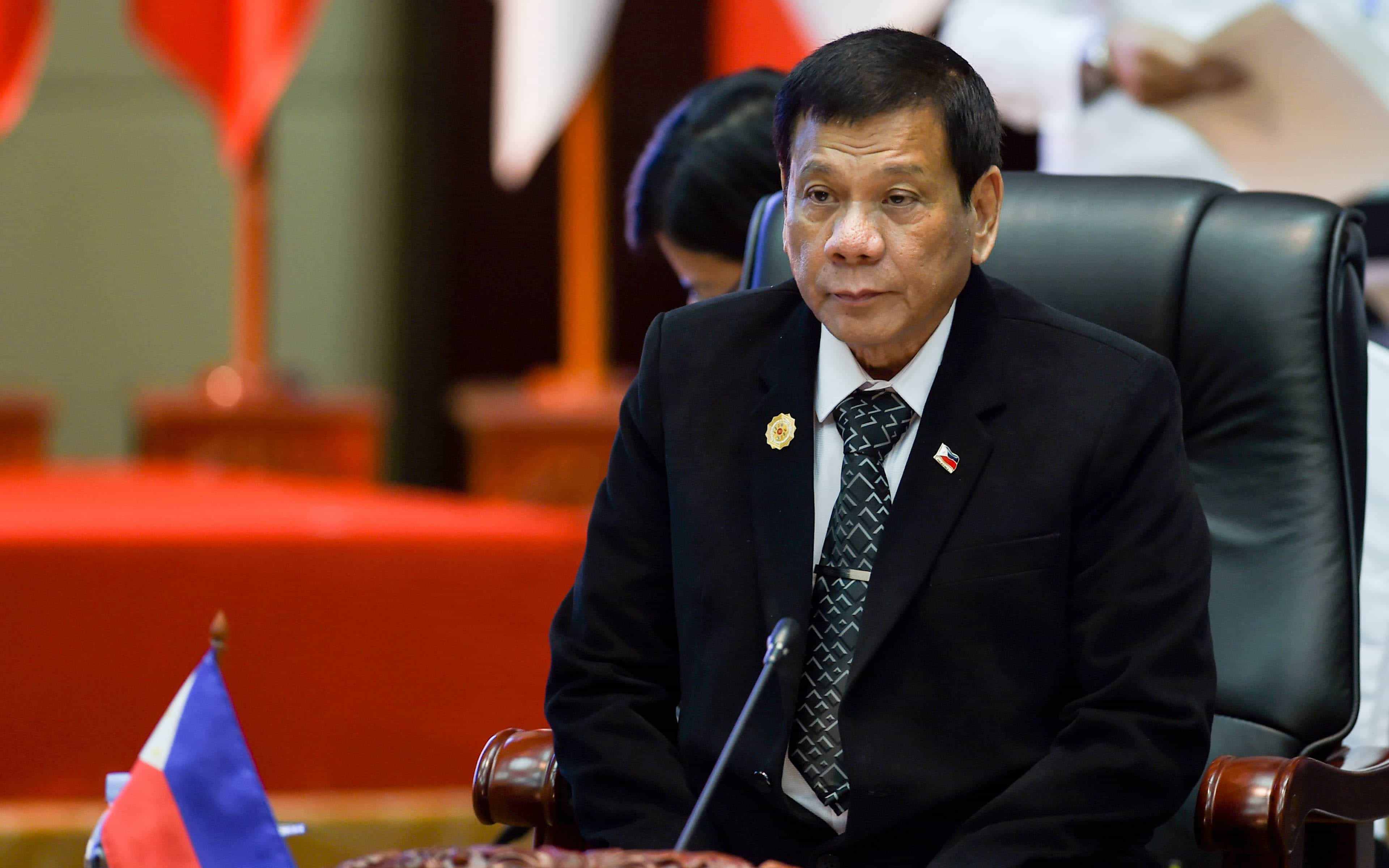Chinese warships and aircraft scrambled to confront a “freedom of navigation” exercise in the disputed Paracel Islands earlier this week was “safe but unprofessional”, the US Navy says.
Reading between the lines, military analysts generally accept this phrasing as meaning the Chinese ships and aircraft maneuvered forcefully and unpredictably—but did not pose a risk of collision, News Corp Australia reported.
Meanwhile, Philippines President Rodrigo Duterte has said Beijing would have crossed a red line if it unilaterally acted to mine the natural mineral and oil resources within the contested waters of the South China Sea.
“[China] set some red lines, we set some red lines,” Foreign Minister Alan Peter Cayetano said in a speech yesterday. “The president has already said that. If anyone gets the natural resources in the Western Philippines Sea, South China Sea, he will go to war. He said ‘whatever happens, happens.’ He will go to war,” Cayetano said.
Tense Standoff
Beijing earlier this week declared it had dispatched its own forces to “warn off” the USS Higgins and USS Antietam which sailed within the 12 nautical mile national sovereignty radius of several islands claimed by China—including the heavily fortified Woody Island.
The US Navy’s “safe but unprofessional” assessment of the encounter reveals China is becoming increasingly bold and assertive in establishing its expansionist territorial claims.
The United States and much of the rest of the world do not recognize Beijing’s assertion that it owns almost the entire South China Sea—as defined by its “nine-dash-line” on the region’s map. These have been rejected by an international court of arbitration as having no foundation.
China seized control of the Paracel Islands from Vietnam in 1974. Several have since been heavily developed as part of Beijing’s campaign to create an extensive chain of island fortresses to enforce its claims.
Beijing insists the US warships entered the Paracel waters “without the permission of the Chinese government.”
In response, it “immediately dispatched warships to identify and inspect the American ships according to law, and warned them to depart.” The US Navy says its ships were merely traversing international waters, as was their right.
The US warships arrived in the Paracel barely a week after Beijing for the first time landed its nuclear-capable H-6K bombers on Woody Island’s military-grade airfield. Several interceptor fighters were also seen on its tarmac. And fresh satellite photographs reveal the presence of an array of additional anti-ship and anti-air missile systems now active on the islands.
Mixed Messages
Since Duterte took office in 2016, he has been giving mixed messages about his nation’s relationships with China and the United States.
He has previously bluntly stated there was little the Philippines could do in the face of an expansionist China. Last month, he even declared that he “loved” China’s president-for-life Xi Jinping.
His government has been attempting to establish a joint resource exploitation agreement with Beijing. The seabed surrounding the disputed Spratly Islands are believed to contain oil and natural gas reserves.
But Foreign Minister Cayetano said during his speech that he would “file a protest” over Beijing’s recent militarization of its illegal South China Sea outposts and artificial islands.
“We are taking all diplomatic actions at the right time,” he said.
He was careful not to just blame Beijing, however. His comments included veiled criticism of Vietnamese and US actions.
“If there is more than one country militarizing, and it is not only the islands, if huge navies are sailing through the area, is that not militarization?” he said. “So we don’t even have a definition of militarization.”


